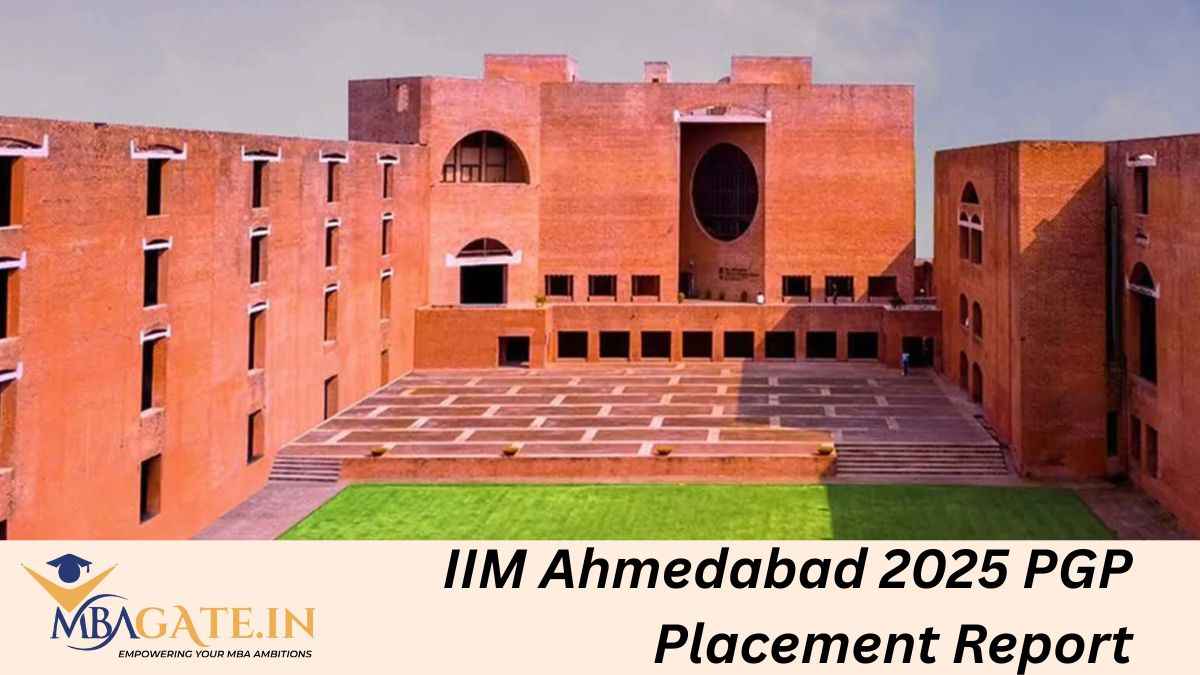CAT vs GMAT: Which Test Should You Choose?
Table of Content
-
- + more items Show less
A thorough examination of the CAT and GMAT that explains the differences and similarities between the two tests:
Understanding of MBA:
The majority of students are interested in pursuing an MBA in India or overseas, regardless of whether they have a degree in engineering, science, commerce, or the humanities. The MBA programme is currently the most sought-after in the world. In India, students who have recently graduated or who have gained some work experience can enrol in management colleges; however, reputable colleges overseas prefer students who have a few years of experience following graduation. However, one factor is similar: students must perform well on entrance exams whose results are accepted by prestigious management schools in order to be admitted.
You need to clear the CAT and GMAT papers to get into top management schools. GMAT is the most widely accepted MBA entrance exam worldwide, along with GRE; CAT scores are accepted by most of the colleges in India. Though some colleges may consider GMAT scores for regular MBA programs, most Indian colleges accept GMAT or GRE scores for executive MBA programs meant for working professionals and international students across all the programs.
Key CAT and GMAT Points:
Important information about the CAT and XAT marking systems, exam sections, eligibility requirements, and exam pattern is included in the table below.
Exam Pattern for CAT and GMAT:
All of the exam requirements, including eligibility requirements, sections, the marking system, the number of attempts, the number of questions etc. are listed in the table below.
The CAT exam lasts 120 minutes and consists of 68 questions. Each of the three sections is allotted 40 minutes and no optional breaks are permitted. The GMAT on the other hand is a 64-question exam that takes 135 minutes to complete with 45 minutes for each section and a 10-minute optional break after any section. Candidates can attend the sections in their preferred order.
The CAT has +3 marks for correct answers and (-)1 for incorrect answers whereas the GMAT does not have negative marking.
CAT- The order of the three sections (VARC, DILR and Quant) is established right at the beginning: VARC first, followed by DILR and then Quant.
In GMAT, one can decide in which order they want to take the exam, i.e., choose which section to start with.
The GMAT is a computerised adaptive test, with questions that are displayed on the screen one at a time and whose progressive difficulty level is based on your performance of the previous question. Let's say on a CAT the entire set of questions from a section are shown together and you as a aspirant can decide the order to attempt each question.
GMAT scores are available immediately after the test whereas CAT results take 3-4 weeks to be declared.
The GMAT test is administered throughout the year, allowing test takers to select a date whereas the CAT is administered on the last Sunday of November.
Top colleges accept CAT, GMAT or both scores:
The information about which colleges accept CAT, GMAT or both scores for which programs is shown in the following table.
Which test is easy and which is difficult?
The following table explains the examinations' and their sections' respective levels of difficulty:
The difficulty level of the CAT's quantitative section is regarded as higher than that of the GMAT's quant due to more formula-based questions requiring a large number of calculations to be completed in a limited amount of time whereas GMAT quantitative ability questions are more logic-based.
The verbal portion of the GMAT is thought to be more difficult than the CAT. The VARC section of the CAT contains four passages and 7-8 verbal ability questions. The GMAT includes passages that are perceived to be more difficult and the critical reasoning questions demand strong analytical skills. As a result the GMAT verbal section is more difficult than the CAT due to the more advanced questions.
The Data Insights section of the GMAT differs from the Data Interpretation and Logical Reasoning section of the CAT. The Data Insights section contains extensive tables and charts as well as a large amount of data that can take some time to process. The CAT consists of data interpretation sets and logical reasoning puzzles designed to assess the student's problem-solving ability.
FAQs
Candidates must have a valid three-year degree in any stream from a recognised college or university with 50% marks (45% for SC/ST, PwD, and DA candidates) or be in their final year of study for the CAT, but there is no educational requirement to take the GMAT Focus Edition exam.
There is no age limit for these two exams.
There is no limit to the number of attempts in the CAT and GMAT but the CAT is only given once a year, whereas the GMAT Focus Edition is given several times a year. Only five GMAT attempts are permitted in a 12-month period with a minimum of 16 days between each attempt.
The CAT and GMAT both have three sections: Verbal Ability and Reading Comprehension(VARC), Data Interpretation and Logical Reasoning (DILR) and Quantitative Ability (QA), with the GMAT's Focus Edition sections being Quantitative Reasoning, Verbal Reasoning and Data Insight.
The CAT time duration is 120 minutes with 40 minutes allotted to each of the three sections (VARC-24 questions, DILR-22 and QA-22), whereas the GMAT time duration is 135 minutes, evenly divided into three sections (QR-21 questions, VR-23 and DI-20).
The CAT awards 3 marks for correct answers and -1 for incorrect answers whereas the GMAT does not award the same marks for each question and uses a complex algorithm because it is a computer-adaptive test and the difficulty level of the next question is determined by your performance on the previous question. However, wrong answers do not result in negative marks on the GMAT.
The provisional scorecard is displaced immediately following the GMAT exam but the CAT result is announced 3-4 weeks later.









